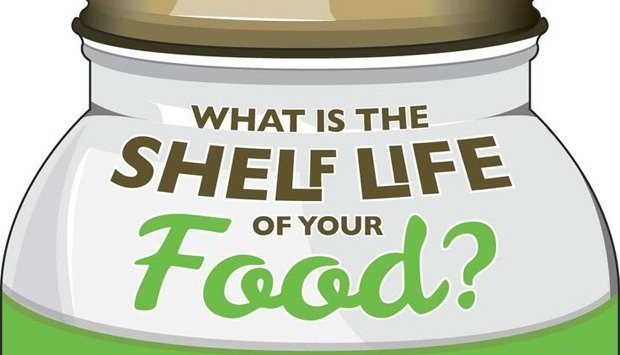Shelf Life:
July 5, 2024, 5:24 p.m.

Shelf Life of Packaged Food Products
Ensuring that packaged food products remain fresh and safe for consumption over an extended period is a key concern for the food industry. This blog post will explore various methods to improve the shelf life of these products, including novel techniques, traditional methods, and advancements in processing, packaging, and chemical additives.
Traditional Techniques
Traditional methods of extending shelf life have been practiced for centuries and include:
Refrigeration: Slows down microbial growth.
Freezing: Stops microbial growth and slows down enzyme activity.
Drying: Removes moisture that bacteria need to grow.
Canning: Seals the food in airtight containers after heating to destroy microbes.
Pickling: Uses vinegar or salt solutions to create an environment where bacteria cannot thrive.
Sugaring: Creates a high osmotic pressure environment that is hostile to microbial life.
Smoking: Imparts preservative compounds and reduces moisture content.
Novel Techniques
In recent years, innovative technologies have emerged to further extend the shelf life of food products:
Modified Atmosphere Packaging (MAP): Adjusts the atmosphere inside the packaging to slow down spoilage.
High-Pressure Processing (HPP): Uses high pressure to inactivate microbes without affecting the food’s texture or flavor.
Cold Plasma: Applies plasma energy to destroy pathogens on the surface of food.
Nanotechnology: Incorporates nano-sized particles to create barriers against moisture and gas transmission.
Processing Advancements
Advancements in food processing also contribute to shelf life extension:
Pascalization: Also known as high-pressure processing, it inactivates bacteria without the need for high temperatures.
Irradiation: Uses radiation to destroy pathogens and insects, and delay ripening.
Ultrasonic Processing: Applies high-frequency sound waves to disrupt microbial cells.
Packaging Innovations
Packaging plays a crucial role in preserving food quality:
Vacuum Packaging: Removes air from the package to inhibit the growth of aerobic bacteria and mold.
Edible Coatings: Applies a protective layer directly on the food to prevent oxidation and moisture loss.
Smart Packaging: Incorporates sensors that can indicate the freshness of the product.
Chemical Additives
Chemicals are often added to food to prevent spoilage:
Antioxidants: Such as Vitamin C or E, prevent oxidation that can lead to rancidity.
Preservatives: Like sodium benzoate or potassium sorbate, inhibit microbial growth.
pH Controllers: Acids like citric or acetic acid can create an unfavorable environment for bacteria.
Conclusion
By combining these old and new methods, the food industry can effectively extend the shelf life of packaged food products, ensuring they remain fresh, safe, and appealing to consumers for longer periods. Continuous innovation and adherence to safety standards are essential to meet the growing demand for high-quality, long-lasting food products.
If you would like to improve your product shelf life Pls contact us at 7736773999